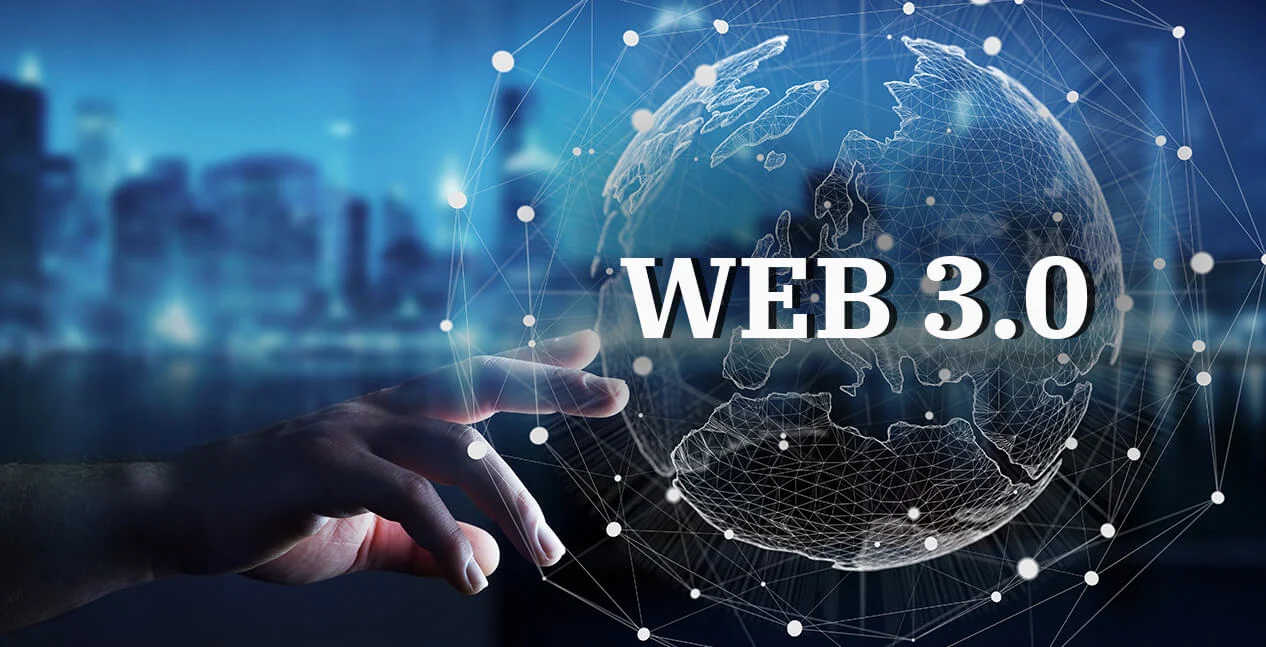How High School Should Change for an Era of AI and Robots — from edsurge.com by Jeffrey R. Young
Excerpt:
In other words, we have for the last century and a half in the knowledge economy been educating our students to become repositories of information—whether they’re lawyers or doctors [or engineers] and so forth. And then somebody pays them a great deal of money to extract some of that knowledge from their heads. What’s happening now is that’s being reposited in algorithms increasingly, and that’s only going to be more the case going forward, so that the most intelligent, capable medical diagnostician, I predict, will be a computer somewhere in the next 20 years.
What is the role of the doctor then? The doctor’s role is to be a knowledgeable interpreter of that algorithmic diagnosis—to check it, to make sure that there wasn’t a snafu, and to make sure that there is no social bias in the outcome. And also to help interpret that into a regimen for treatment and healing on the part of the patient in a human-connected, empathic way.
And [at Iowa Big], one of the very first questions that one of her teachers asked her was, ‘What makes you mad?’
…
The systems that we have for public education are becoming more rigidified, not more experimental and resilient. And they’re becoming increasingly non-functional. And I believe they’re going to face some sort of systemic collapse.
And here are several other items from the education space:
All Teacher Shortages Are Local, New Research Finds — from the74million.org by Kevin Mahnken
In a study released [on 12/1/22], researchers show that teacher vacancy levels vary drastically between schools in the same communities
Excerpt:
K-12 teacher shortages — one of the most disputed questions in education policy today — are an undeniable reality in some communities, a newly released study indicates. But they are also a hyper-local phenomenon, the authors write, with fully staffed schools existing in close proximity to those that struggle to hire and retain teachers.
The paper, circulated Thursday through Brown University’s Annenberg Institute for School Reform, uses a combination of survey responses and statewide administrative records from Tennessee to create a framework for identifying how and where teacher shortages emerge.
Why Are Americans Fleeing Public Schools? — from washingtonpost.com by John D. Harden and Steven Johnson
Seven parents on choosing private education for their kids
Excerpt:
The pandemic transformed the landscape of K-12 education. Some parents withdrew their kids from public school and placed them into private or home schools. Their reasons varied: Many preferred private schools that offered in-person instruction; others distrusted public schools’ pandemic precautions.
It’s not clear whether those trends will stick, and the factors are complex. So far, data show that since 2019, private enrollment is up, public enrollment is down and home schooling has become more popular. Families flocked to private and home schools at the greatest rate in a decade, according to American Community Survey estimates from the U.S. Census. The government projects that K-12 public school enrollment — already facing demographic pressures — will drop further to about 46 million students by fall 2030, according to the National Center for Education Statistics, reversing decades of growth.
Mississippi microschools are expanding education options for families — from spn.org by Kerry McDonald
Excerpt:
When Stephanie Harper decided to open Harper Learning Academy in Byram, Mississippi in August, her goal was to create a small, personalized educational setting in which her daughter would thrive. Conventional classroom environments weren’t a good match for Harper’s child. They also weren’t working well for the daughter of Harper’s colleague, Tekeeta Funchess. Harper and Funchess had been longtime teachers in the Jackson Public Schools before they left their jobs to provide educational consulting services to public school districts through the firm Harper founded in 2016.
As they worked together, they realized their daughters were experiencing similar challenges in standard school settings. “We’re mothers with children who learn differently who are trying to improve the system but realized that the system wasn’t working for our children,” said Harper, who is a certified teacher with a Ph.D. in education. They also suspected it wasn’t working for many other children as well.









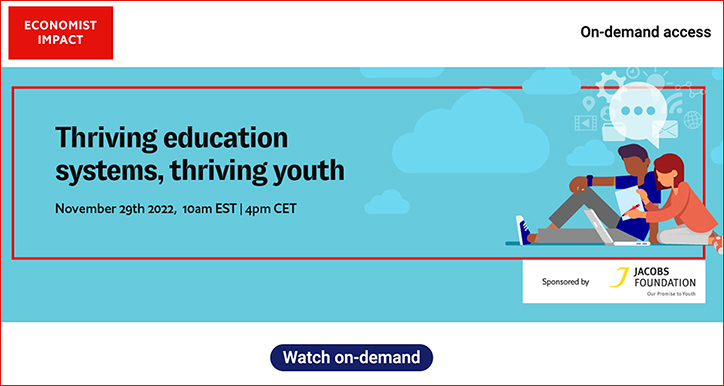
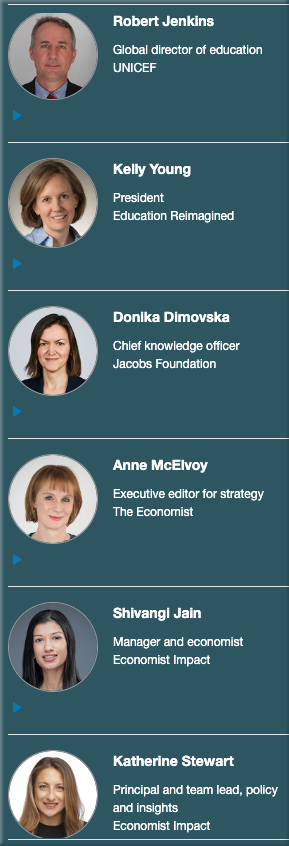
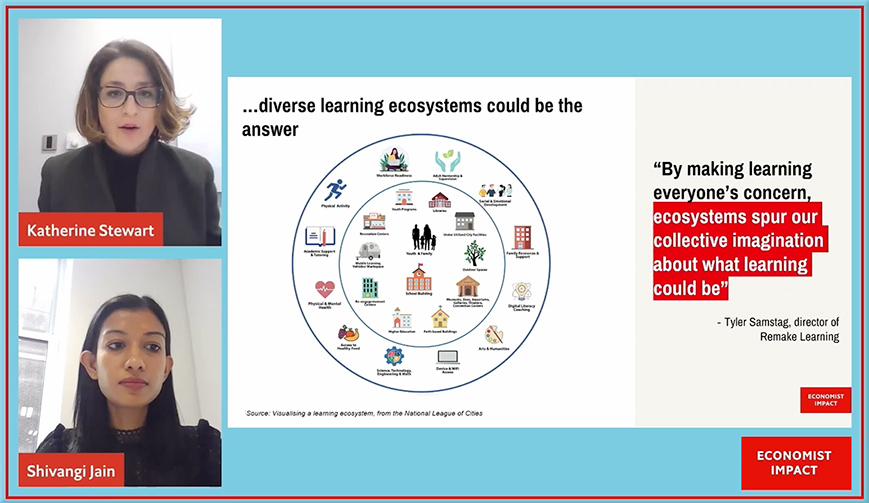
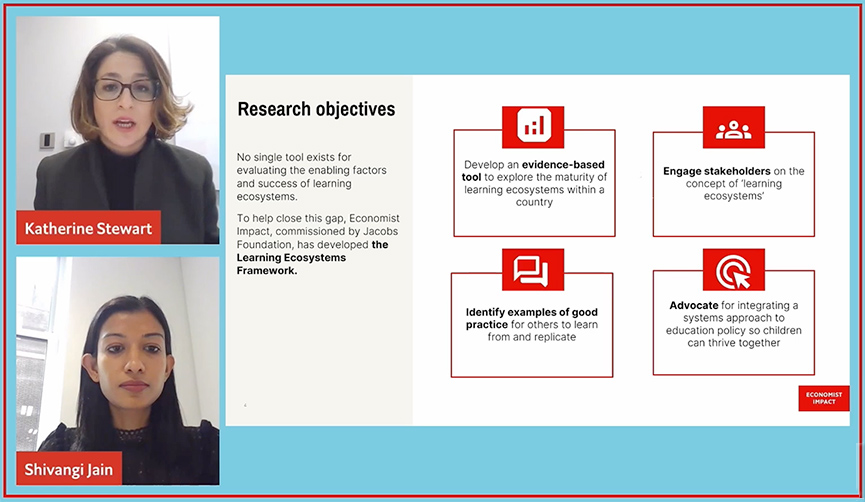





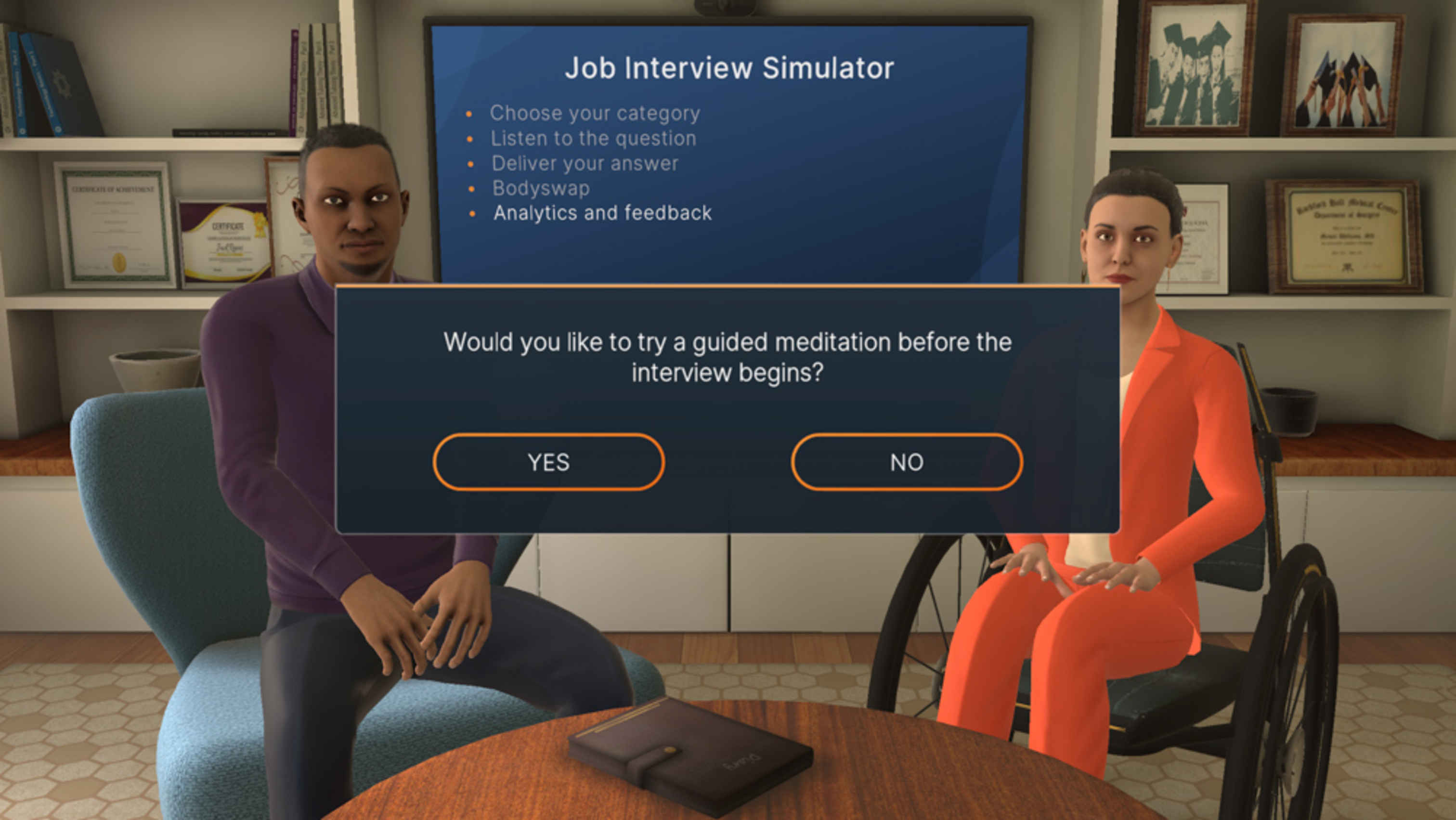



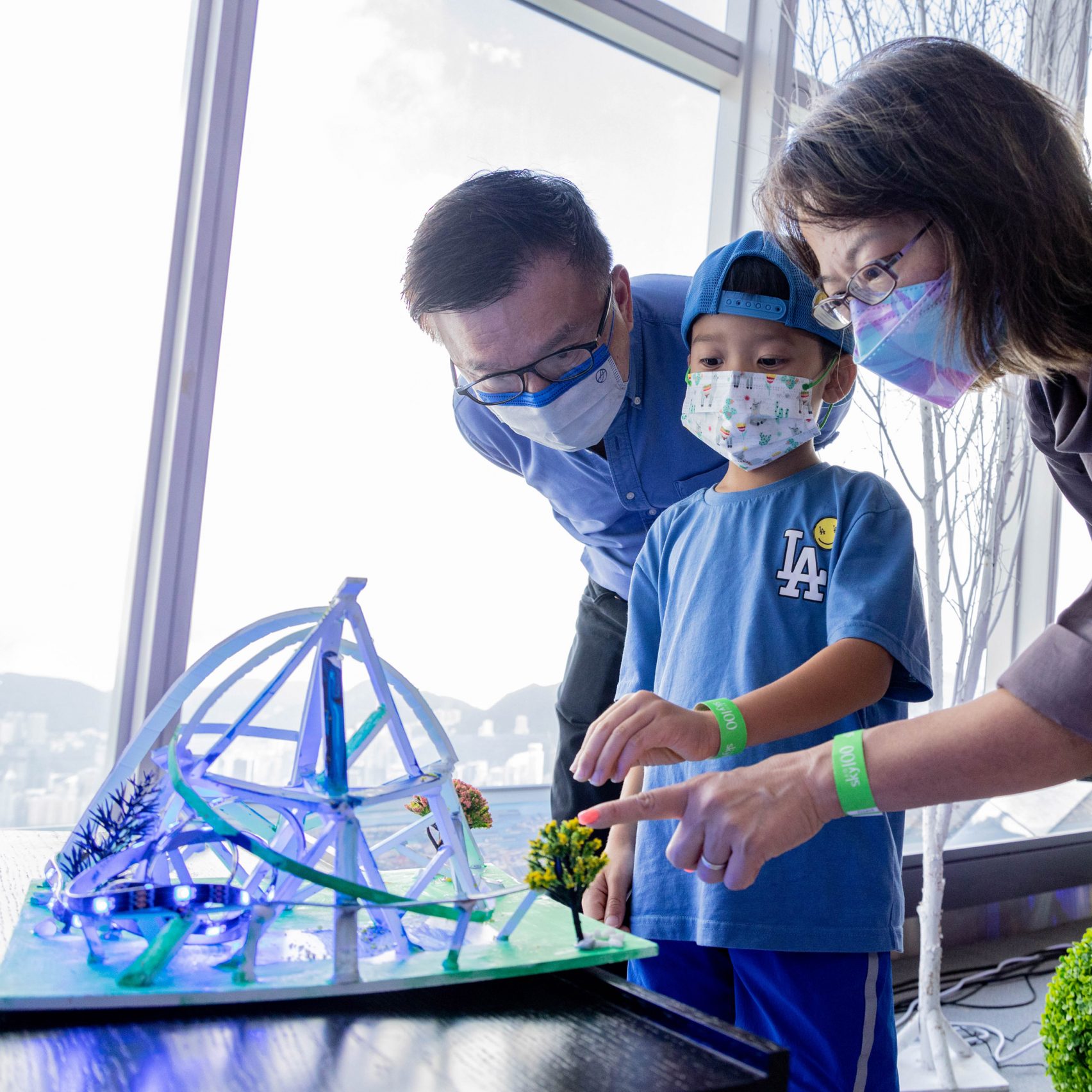
/2022/08/22/image/png/wSxqwE19L3sKdFwuPdKfsfzJ5ixmzUJWXJ8Ox6Ir.png)


